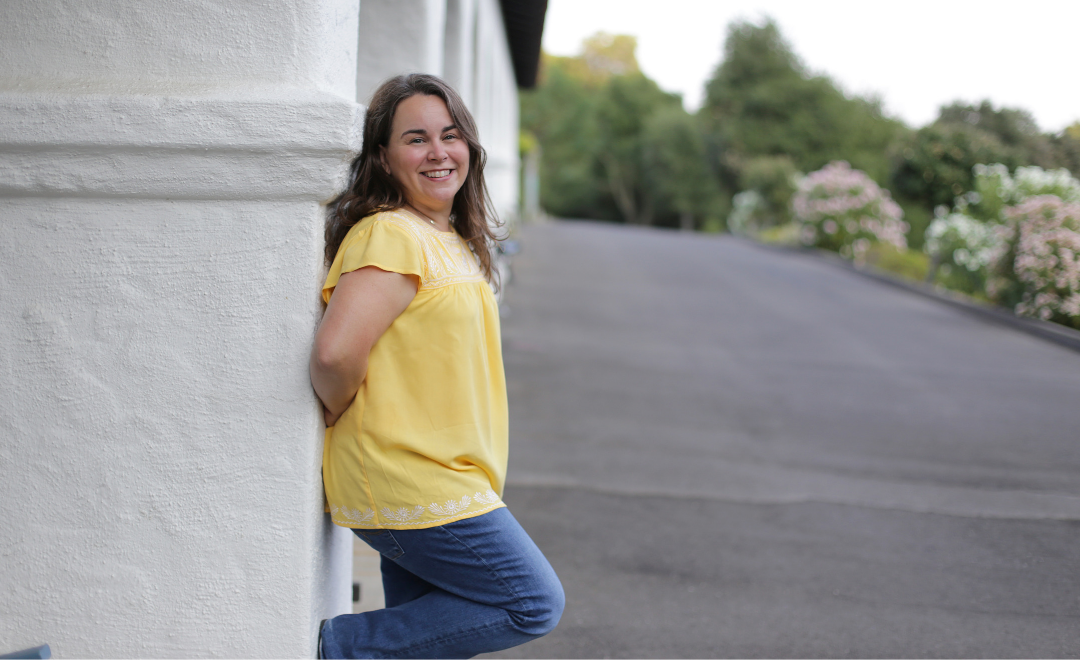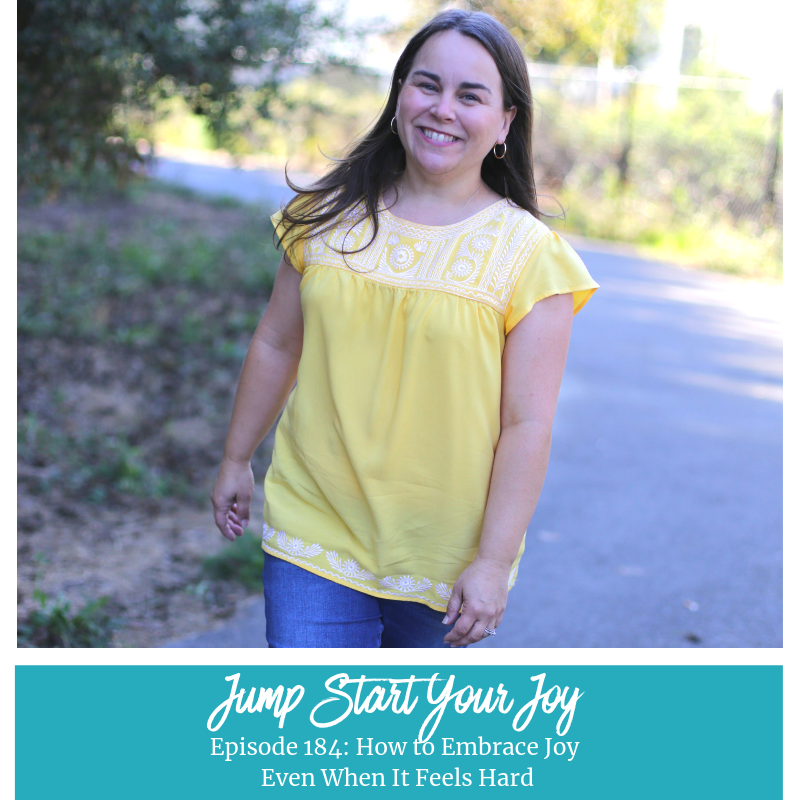This past weekend, my family and I went to a reunion for a summer camp that my sister and I attended, and then later were counselors for, during college. Think of redwood trees, misty mornings, sunny afternoons, and a weekly trip to the beach where the campers roasted hot dogs (which were inevitably covered in sand before lunch was over). Days were filled with activities, nights were closed out by a campfire, and at the time the place had been run by the same husband and wife team, who we all called Aunt Marion and Uncle Max, for 50 years.
If you ever went to camp, you probably had joyful experiences, similar to the ones I had at Kennolyn. Joy is part of the deal; when you go to camp as a kid, it’s a wonderland of things to do and try and the whole thing is crafted to make sure you have the time of your life.
And this is the thing I’ve been pondering this week, in between two distinct messages about joy during a glorious spring break spent exploring the world with my 8 year old son, and watching Brene Brown’s special on Netflix, which is all about vulnerability:
When did being joyful get to be hard? When did it become vulnerable to be joyful and experience joy?
If you’ve watched the Brene Brown special on Netflix (and you really should, it’s amazing), you’ll know that she shares that in her study of shame and vulnerability, she has discovered that people state that joy is the most vulnerable of all of the emotions.
“You can’t have joy without allowing yourself to be seen. Joy is the most vulnerable and terrifying of all human emotions. Vulnerability is the birthplace of joy. True belonging requires you to be who you are.”
Brene Brown
As children, joy is easy. It comes naturally. I know this first hand, from this week. Yes, my son and I had lots of experiences that were planned out and intended to be joyful, like visiting Mrs. Grossman’s sticker factory, and the Charles Schulz Museum. Even without planned events, I’ve seen how my son can make a game out of just about anything at any time, how he will still belly laugh in the back seat for no reason, and how he’ll befriend any animal or human he meets because for him, the world is still full of possibility. He has not yet built up the sludge of Stories that adults carry with them, that tell them to be careful, to act a certain way, to not trust, to be worried.
In other words, it was “growing up” that taught you that joy is vulnerable and hard. It was the teacher that told you your handwriting was too messy and that you’d need to carry a typewriter with you to college, the mean girls that told us you that you didn’t dress or talk the right way, the friend that told you the dress you’d just bought (and loved) was ugly, the teacher that shamed you and for not understanding math in front of the class, the choir leader that gave you the backhanded compliment of singing “nice and loud” (instead of good), the step grandmother who told you that you ate too much and that you’d get fat … it’s those messages, again and again that have slowly conditioned you, (or in this case me), that when you do that thing that brings you joy, you are too much or not enough. You don’t fit in, you won’t fit in, and you should let go of feeling joy in the ways that are most joyful to you.
It’s the slow build up of self doubt, of mistrust, and of hearing that there is a right way and a wrong way to do things that makes it intensely vulnerable to do things YOUR WAY, to express yourself in the way that feels most authentic, and to celebrate things the way you like to celebrate them.
Eventually, this can lead to much of what many of us spend so long trying to unwind as you get into your adult life:
- Feeling like you are “too much” or “not enough”
- The impact of mean girls on your life
- Imposter syndrome, or, feeling like you’re a fraud and people are about to find out that you don’t know what you’re doing
- The “who am I to?” question that inner critics love so much
- Inner critics
- Resistance
- Feeling like you’re out of control
- Not trusting yourself to make decisions
- Confidence
- Self – image: how you dress and see yourself
The good news? Once you recognize that you are missing joy, you can find your way back to it.
- Choose joy, daily. Own that you want more joy in your life, and aim for joy, as a “wayfaring” emotion.
- When you feel yourself in that space of being excited and terrified about trying something new, lean in to that. It’s leading you back to a place that feels joyful to you. Don’t let the old conditioning of shying away from excitement or something new stop you.
- Schedule time for joy in your life. Look for places you’ve always wanted to visit, but haven’t. Return to places that have brought you joy. Make space in your schedule to do something joyful, for the sake of joy. Remember, if it’s not on your calendar, it’s not going to happen.
- Think back to what brought you joy as a child. So many guests on the show find that there is a strong tie to whatever they loved as a child in their present life.
- Some thoughts on the top things guests suggest to jump start joy in your life: hang out with animals, do something creative, get in touch with nature.
- Brene Brown found that people who have a gratitude practice, and who believe in a higher power in the universe, are often those who are more likely to be joyful. Try listing or noticing what you’re grateful for each day.
- Catch yourself if you hear yourself spreading “shoulds” or conditioning that is limiting how someone else experiences joy for themselves.
- Do something that surprises or delights someone else.
- Let joy be important to you.
Resources



